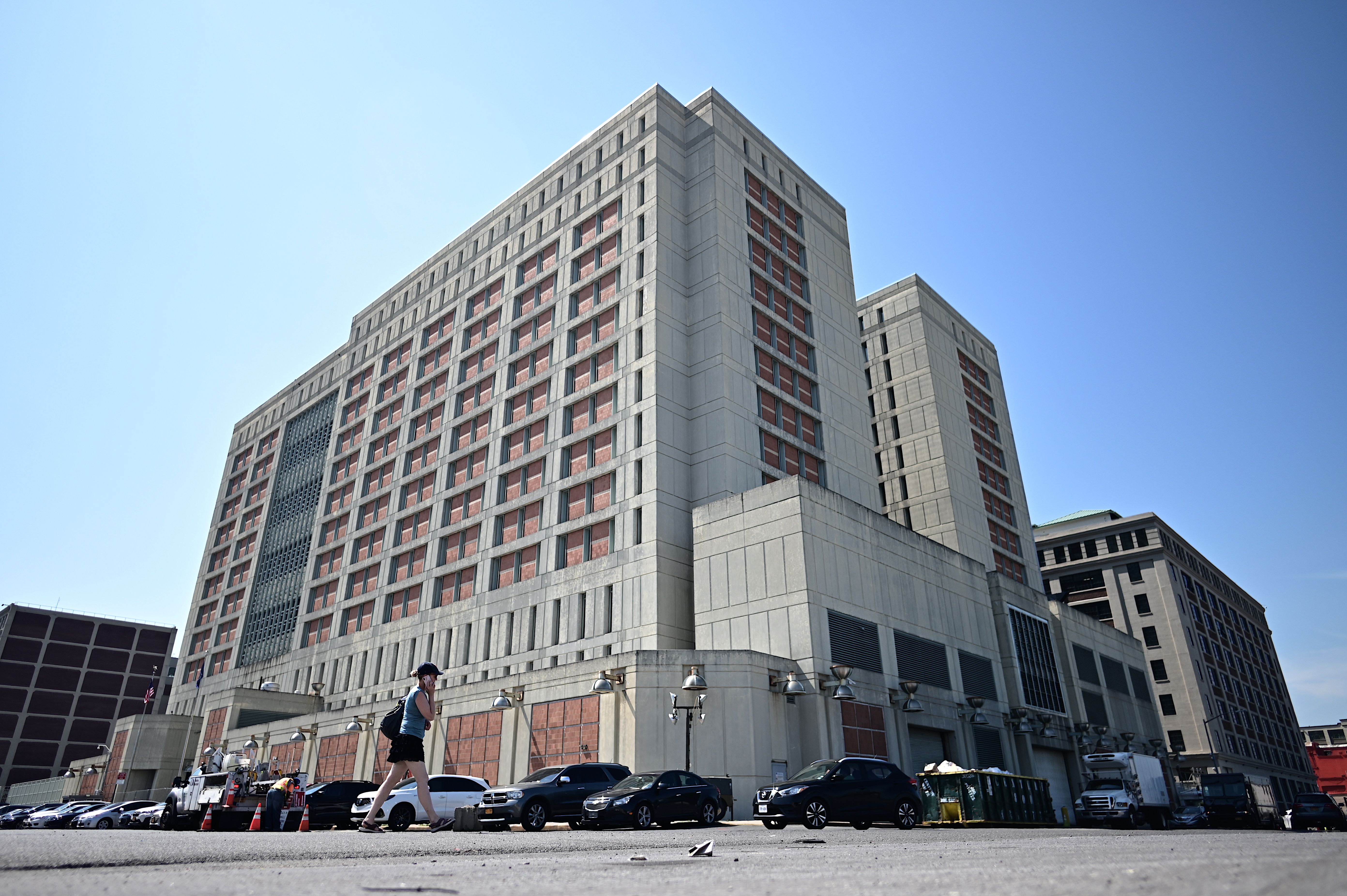The old Kosciuszko Bridge, which connected Brooklyn and Queens for 78 years, was imploded on Sunday morning as crowds looked on. Ken Buffa reports.
What to Know
- The old Kosciuszko Bridge was demolished on Sunday morning
- Cuomo announced in the spring that parts of the old span will be blown up to speed up completion of the new bridge
- An estimated 185,000 vehicles crossed the rusting 78-year-old bridge every day. Cuomo says it was built for 10,000
The old Kosciuszko Bridge, which connected Brooklyn and Queens for 78 years, was imploded Sunday morning.
The long-delayed implosion of portions of the bridge began Sunday at 8 a.m. Gov. Andrew Cuomo led a 10-second countdown then the crowd heard big booms and smoke rise from the old span.
The controlled implosion of the bridge will free up space to complete construction of the second span of the new bridge.

The old bridge's main span over Newtown Creek was already lowered onto a barge and removed back in July. Twenty trusses that remain, 10 from each side of the bridge, will be recycled as scrap metal — some 22 million pounds of steel in total — following the demolition, according to officials.


UNCERTAINTY OVER DEMOLITION
Parts of the bridge were originally supposed to be blown up over the summer, but the demolition never happened.
Residents have voiced concern about demolishing the bridge, saying areas near the span are already dealing with poor air quality and pollution.
In February, Brooklyn Borough President Eric Adams joined local advocates to voice concerns about the impact of imploding the structure.

"Expedition should never trump safety and health quality," he said at the time.


State officials insist the implosion process is safer and quicker than dismantling the bridge piece by piece and that it won't create a large-scale explosion.
Gerald Esposito, a member of Brooklyn Community Board 1, had been wondering when the state would dismantle the old bridge, knowing it had been planned for months ago. He says he wasn't happy to find out days before the demolition.

"It's pretty outrageous you can't give disclosure to people that you're going to do something," Esposito said.
The governor's office said the state DOT did notify community leaders Wednesday about the plan to use small explosives at joints on the bridge, allowing the bridge to fall onto a prepared landing area without polluting the air — a process called "energetic felling."

Local
A NEW ERA FOR THE KOSCIUSZKO
The first span of the new Kosciuszko Bridge opened in April, with traffic going in both directions on it. When the bridge is completed in 2020, there will be two spans, one going in each direction.
Getting the bridge built wasn't easy. It took years of construction and a $873 million price tag.
But Gov. Andrew Cuomo promises the new span will ultimately reduce traffic; the old bridge, which the governor says was built for 10,000 vehicles, handled an estimated 185,000 vehicles per day before traffic was diverted to the new span.
The new bridge will carry 200,000 vehicles and will also include a 20-feet-wide bikeway/walkway with views of Manhattan, according to officials.

WHAT TO KNOW
The new Kosciuszko Bridge will be closed from 7:45 a.m. to 8:15 a.m. Sunday for the implosion.
A number of roads will also be closed from 4 a.m. to 9:30 a.m. In addition to the street closures below, 56th Road in Queens, between 43rd Street and Laurel Hill Boulevard, and Gardner Avenue in Brooklyn, between Meeker Avenue and Cherry Street, are closed and scheduled to reopen a week after the controlled implosion.
Brooklyn:
• Lombardy Street at Varick Avenue
• Cherry Street at Vandervoort Avenue
• Meeker Avenue at Varick Avenue
• Bridgewater Street at Meeker Avenue
Queens:
• 56th Road at 48th Street
• 54th Road at 46th Street
• 54th Avenue at 46th Street
• 53rd Avenue at 46th Street
In addition, BQE traffic will be stopped 5 to 10 minutes prior to the detonation and it's expected that traffic will resume 10 to 15 minutes after detonation. During the time the BQE is closed, the NYPD plans to detour traffic using Traffic Enforcement Agents (TEAs) at key intersections, as follows:
• EB: exit at McGuiness Blvd to Greenpoint Ave to LIE EB Service Road back to BQE
• WB: exit at LIE to Greenpoint Avenue to McGuiness Blvd back to BQE




